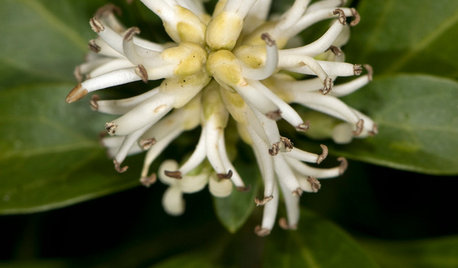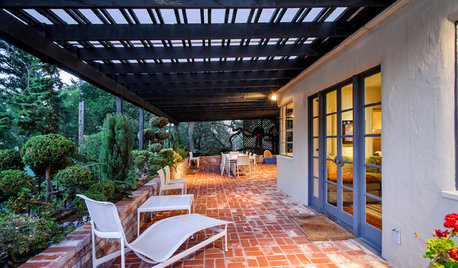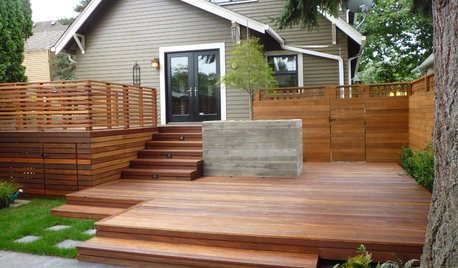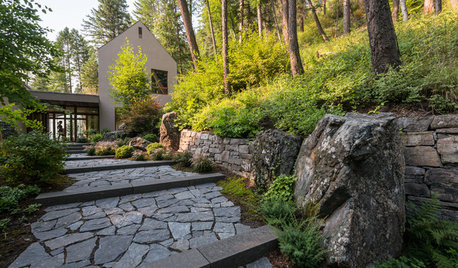Mulch's are organic material's that are layered on top of garden beds, around trees, shrubs, and other plants. There are a number of types available with different characteristics. They are readily available in bags or bulk delivered, are inexpensive, and come in different colors and textures.
Some can be made or obtained for free from a number of sources. They can be decorative or serve the multiple purpose of acting as a nutrient source as well as conserving soil moisture and suppressing weed growth.
THE FUNCTION OF MULCHES
Proper usage of the right kind of mulch can eliminate or at least significantly reduce weeding, lower the amount of water required, and generally helps to maintain a healthy garden. Mulch retains moisture and protects your soil from drying out, slowly releasing it into the soil for use by your plants. A steady, gradual supply of moisture provides a stable growing environment and supports a healthy variety of soil organisms. Mulches also protect the soil from temperature variations and help to insulate the root zone from extremes of heat or cold.
Another benefit is the mulch protects the soil from erosion and crusting over. This allows for better air and water penetration creating a looser soil
TYPES OF MULCHES
Decorative mulch types include: Bark chips or chunks, wood chips, shredded cedar, cocoa shells, and pine needles.
These are long lasting products that decompose very slowly. They add little to the fertility of the soil and are best suited to ornamental beds.
There are also materials like recycled plastic tree rings or decorative gravel that may be used in xeriscaping or rock garden situations.
Some other types of mulches that are more rapidly decomposed are: Shredded leaves, leaf mold, grass clippings or straw. These are best suited to vegetable plots and can be turned into the soil at the end of the season adding to the percentage of organic matter in the soil improving it's structure. Soils high in organic matter encourage root development and biological activity, further enhancing soil structure.
Mulched soils need less cultivation than bare soils. It is believed that soil structure and biological activity can be improved in some ways by reducing tilling/cultivation. Sound application of mulch allows for this. These type mulches can be used on ornamental beds as well but would need to be replaced more often.
SELECTING THE RIGHT MULCH
Mulch needs vary by season, climate zone and application. An ideal mulch should be economical, readily available, and easy to apply or remove. It should stay in place, supply some nutrition to the soil, and be free of weeds. It should also not be a harbor for insects or disease.
Many folks use plastic or spun fiber weed block fabrics under the mulch. There are some pro's and cons to this. The plastic helps to warm the soil in spring but may also cause it to become too hot in summer injuring plant roots.
Thick layers of materials like wood chips serve as effective insulation in winter but may slow the soil from warming up come spring.
You need to select a mulch based on climate zones and what benefits you wish to gain. You also may need to add or pull off the mulch with the changing seasons. Location is also a consideration as many mulches are byproducts and if you are close to a particular source it may be cheaper than a different product.
There is no single all purpose mulch that works in all situations. But knowing the qualities of the different material available to you can help you choose the best product for a particular location.
USING MULCH EFFECTIVLY
Mulches on permanent beds need not be completely replaced just "fluffed up" and refreshed/top dressed occasionally.
For most applications a 3-6" layer of mulch will effectively achieve the main objectives of weed reduction, moisture conservation, and temperature buffering.
You need to keep the mulch away from the bases of tender young plants.
Fresh grass clippings may be used but they are very high in nitrogen while green and thus "hot." If grass clippings are used care must be used to prevent them from burning tender young plants. Spread them thinly to prevent matting.
You can use soaker hoses under mulches. This is a good way to reduce watering needs as the water is applied directly to the root zone and less will be lost to evaporation.
Many plants are acid-loving. Pine needles are a good choice for this application.
Mulch needs to be monitored to prevent them from becoming harbors for pests. An occasional light stirring should keep things from becoming a problem.
DYED OR COLORED WOOD MULCHES
Dyed or colored wood mulches are made from waste materials, usually discarded shipping pallets and other waste wood. Sometimes, they contain tree harvest waste as well. The raw materials are chipped to a uniform consistency and then dyed a neutral color like brown or redwood or black. You are actually doing a good thing by using this kind of waste material as mulch. After all, if we don't use it, it will only end up in the landfills, and we sure don't need any more trash there.
And since it is a waste material, you're not killing any more trees than were needed to make it in the first place.
Although some folks don't see the point of coloring this stuff, the people who sell it probably think that if it is dyed, it looks better than plain old chopped up wood. That's up to you. The dye is harmless if sometimes messy.
The main problems with this mulch are:
- The mulch contains small particles of organic matter, and as it breaks down rather quickly, even more small particles result, which can lead to matting of the mulch
- The fine organic particles may lead to soil compaction as they work their way down into the soil
- The mulch can also promote the growth of fungi, and this also can lead to matting
Actually, none of these problems are any different from what can happen with uncolored wood chip mulches made from waste woods. But the dye color tends to throw people off, so they don't take proper precautions.
Gardeners have used waste-wood mulches (uncolored) for years and if you take proper precautions, they are fine. Plus they are ecologically positive.
Some simple things you can do to minimize these problems are:
- Stirring up the mulch occasionally
- Mixing in other forms of organic matter and/or humus
- Avoiding working/walking on top of the mulch.
FRESHLY CHIPPED WOOD MULCHES
A good source of free mulch for large areas are tree trimming and removal companies. They often need to pay to dispose of this and will gladly give it to you if you are able to use it all. Often 10 cu. yds or more can be had.
Freshly chipped wood makes a fine mulch for ornamental beds. You need to keep it well away from the base of plants as it may heat up initialy if there were a lot of leafy branches chipped up with the woody parts. The heating will be short lived if you spread it out thinly (2 to 3").
If you have the space to stockpile it it will break down in a year or three and be a good continuing source of browns for your compost pile.













Related Discussions
Re-seeding plants and using mulch
Q
Do we use mulch in the ghetto?
Q
Using mulched leaves after I've put down wood mulch
Q
Is it OK to use Mulched Leaves on bed
Q